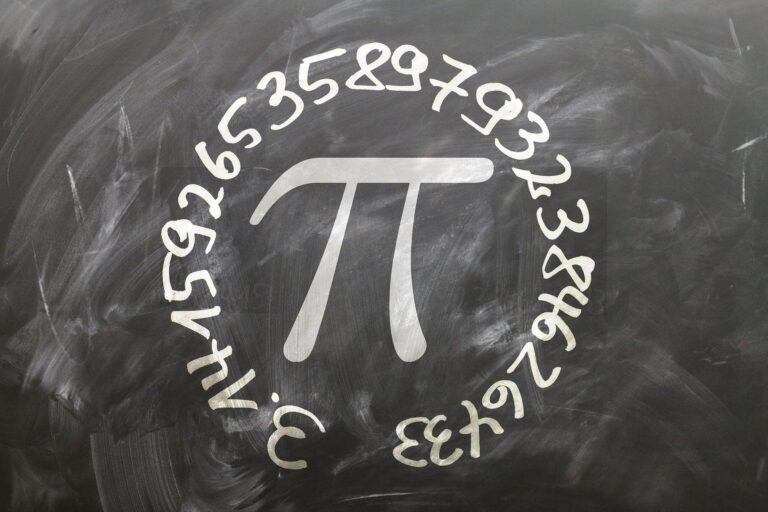Who We Are
At EmpowerOwl Education, we’re more than tutors; we’re mentors guiding students from early learners to A-levels in Maths, Science, English, and beyond. With personalized attention and a commitment to excellence, we shape futures and empower students to reach their full potential. Recognized as the Best Education Startup of the Year 2021, we’re dedicated to providing transformative educational experiences. Join us on the journey to academic success and unlock a brighter future with EmpowerOwl Education.
Not Just Tuition!
We are not just tutors, but mentors and educational coaches who truly care about our student’s success. What differs us from most agencies is that our support does not ‘stop after the hour’. Our tutors are more than willing to help after hours with homework, any additional support or even if the student just wants to rant about their day (we’ve all been there).
We provide an All-Inclusive package which includes support in CV and Personal Statement Writing, University and Job Interview Workshops, and support in development of other skills required to be successful in life. Getting the students target grade is the bare minimum we offer. We hope to increase our student’s confidence and self-belief and help them raise and achieve their aspirations.

100%
Satisfaction
1 to 1 Lessons
Personalised lessons that raise your grades and fit your busy schedule, from the comfort of home
DBS Checked Online Tutors
Our tutors are all DBS checked and carefully vetted through a thorough interview process to ensure that they have what it takes to help a student surpass their potential and achieve success
Sponsor a Student
The ‘Sponsor a Student’ programme allows you to transform a child’s life and give them the tools and resources needed to be successful
We find a tutor who fits
your profile
The great thing about online tutoring is that you’re not limited to choose someone based on location. We can match you with a tutor who we think will be best in helping you achieve your goals.
Sponsor a Student
Whilst relative child poverty rates have remained stable over recent years, there are now 4.2 million children living in poverty – 600,000 more than in 2011/12.

Our Blog
EmpowerOwl Education: Online Tutoring for Academic Success
Are you looking for a convenient and effective way to enhance your education? Online tutoring has become increasingly popular, offering students the opportunity to access quality learning from the comfort of their homes. In this blog post, we will explore

Why Learn a Second Language? [6 Irresistible reasons]
Bonjour! Holà! Konichiwa! Ni hao! Привет! Do you recognise or speak any of these languages? Some of these languages are unfortunately less widely than others. In this day in age, making connections has never been more critical. The world we live in contains roughly 6,500 languages

How to Improve Maths Skills [Top 6 Simple Tips]
Want to improve your maths skills? For many students, maths is the most challenging subject. So much so that it leaves many with the idea that only the naturally gifted individuals can master it. Truth be told, anyone can be

